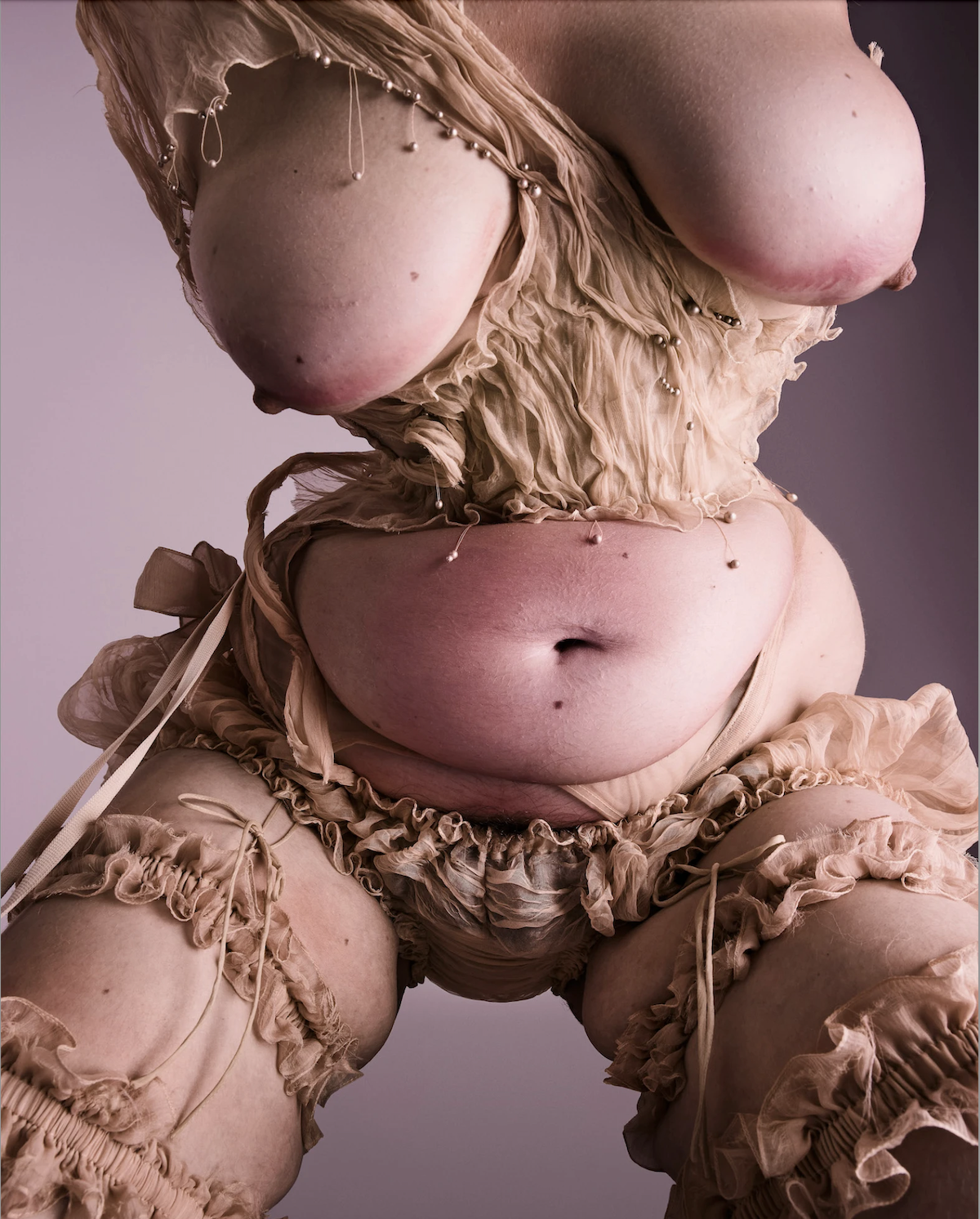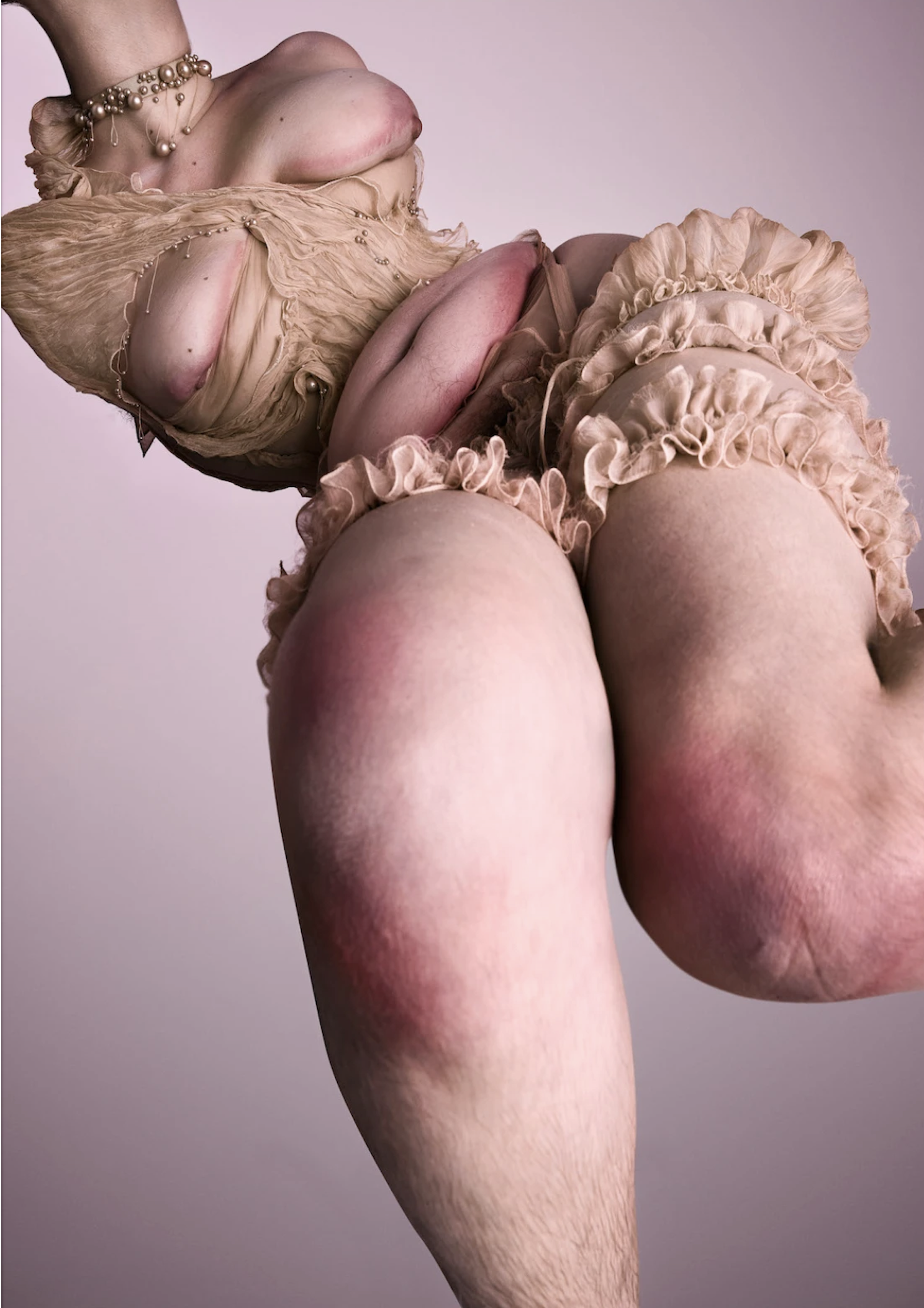More startling still, another form of body alteration is voluntary amputation, which is generally performed on smaller limbs – fingers, ears, lips, nose – by their partial removal or even complete. It is often considered that instead of an extreme art form, this practice resembles a type of psychopathology, and is associated with body integrity identity disorder.
Though ethics committees have been called in and several prohibitions have been put into place, these procedures are developing still, with many of those going through them claiming that they feel more “disabled” before them than after.
Although all these modifications involve large amounts of pain, irritation, and hold high risks of complications and errors, body suspension has an eccentric and disturbing edge above them all. The physical aspect includes sewing metal hooks into the skin, placed in a way that requires deep knowledge of human anatomy so as to avoid the greatest error : flesh ripping. The hooks tend to be arranged around the knees, chest, shoulders, and arms, so that the subject’s skin can hold its own weight while hanging. There are endless forms and types to this style of body alteration, such as the “suicide suspension” which involves hanging by hooks inserted into the skin in the upper back, or the “rebirth”, in which the subject is suspended from their back, face down, in a fetal position.
This procedure has been part of religious traditions for thousands of years, being a crucial part of Charak Puja – a Hindu festival – where by engaging in body suspension, the participant rises above being locked in their own body, and proves their devotion to their religion while growing their spiritual power through increasingly painful demonstrations. The Okipa ceremony – a part of the Mandan customs – includes similar suspension procedures: during 4 day long events, trainee warriors are pushed to their limit and beyond, and are subjected to additional external stressors such as being weighed down.
Though this is a training ritual, the cost is also getting their gods’ acceptance, which leads the ceremony to continue until the people have lost consciousness due to acute pain. Modern day suspensions, however, are realized as an art form, as shock factor performances, such as Stellark’s hanging between sky scrapers, or Falkner’s projects, which claimed him the title of “Father of Modern Suspension”.





